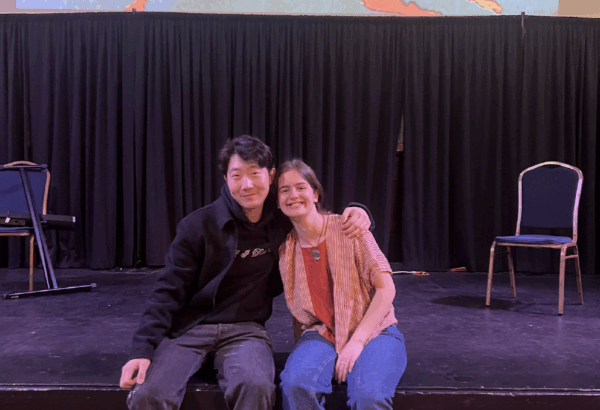Nostalgia for College Green, Locust Walk, our libraries and The Button runs strong. Thanks to the creative efforts of Penn students we have a Minecraft campus to roam. Otherwise we can remember how just a month ago we took things like walking on Locust Walk for granted, barely registering the many faces we passed.
This reminds me of an excerpt from Jane Jacobs,
It is possible to be on excellent sidewalk terms with people who are very different from oneself and even, as time passes, on familiar public terms with them. …the tolerance, the room for great differences among neighbors—which are possible and normal in intensely urban life…are possible and normal only when streets of great cities have built-in equipment allowing strangers to dwell in peace together…Lowly, unpurposeful and random as they may appear, sidewalk contacts are the small change from which a city’s wealth of public life may grow.
The Death and Life of Great American Cities (1961)
Imagining myself walking down Locust Walk while sitting at home, is also a convicting reminder to pay better attention to those faces once we are back on campus and reestablished in normal life. Can I do a better job noticing faces, connecting with others, paying attention to my Penn community and in a sense making better “sidewalk contacts.”
Perhaps this time will provide a renewed opportunity for Penn’s “wealth of public life (to) grow” as we will be less apt to take for granted the people who make Penn the place that it is. Locust Walk, now distantly imagined, we will once again encounter in person and wave and smile at others who make Penn a beloved place.



